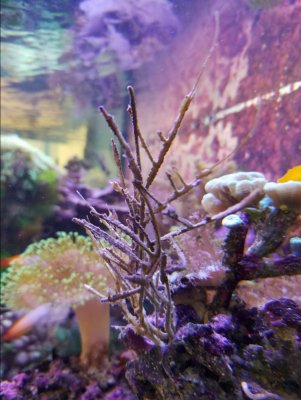- Joined
- May 22, 2016
- Messages
- 6,542
- Reaction score
- 10,099
I'd guess that's likely the logic for Kent's recommended dosage (roughly to NSW once a week) because it'll deplete in well under that time, and they don't offer a test kit.In my tank, it meant that I could dose to NSW levels and find none detectable by kit within a week, probably much less. That was the basis for my dosing: once a week to NSW seems a good dose even without measurement.




















